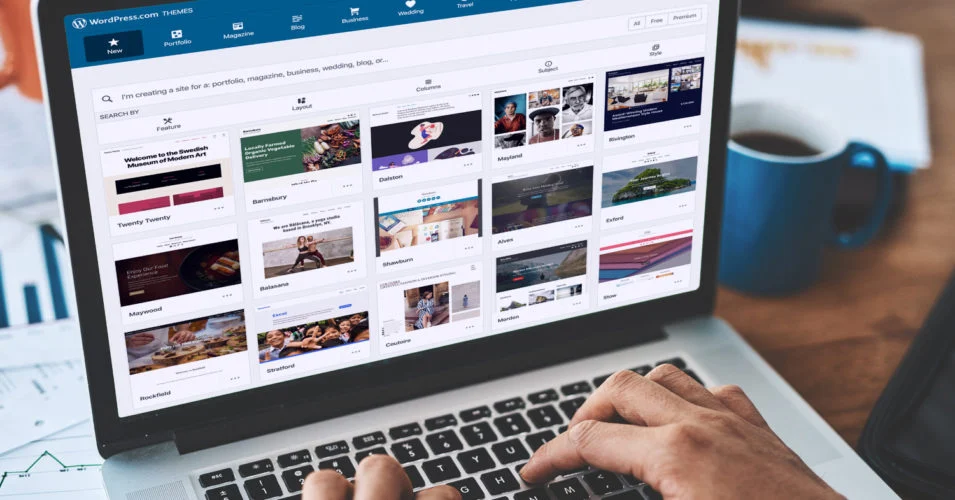Tips on Graphic Design
Graphic design is a powerful tool for communication, branding, and visual storytelling. Whether you are a beginner or an experienced designer, following best practices can help you create compelling and visually appealing designs. Below are essential tips to enhance your graphic design skills.
1. Understand the Principles of Design
Familiarize yourself with key design principles such as balance, contrast, alignment, repetition, proximity, and white space. These principles ensure that your designs are aesthetically pleasing and effectively communicate your message.
2. Use a Consistent Color Scheme
Color plays a crucial role in design and influences emotions and perceptions. Choose a harmonious color palette that aligns with the brand identity or project purpose. Tools like Adobe Color and Coolors can help you create color schemes effortlessly.
3. Prioritize Typography and Readability
Typography is a fundamental aspect of design. Use fonts that are legible and appropriate for the context. Stick to a maximum of two or three fonts to maintain visual coherence. Ensure proper spacing (kerning, tracking, and leading) to enhance readability.
4. Leverage High-Quality Images and Graphics
Using high-resolution images, vector graphics, and icons enhances the professionalism of your design. Avoid pixelated or low-quality visuals, as they can diminish credibility and impact.
5. Keep It Simple and Clear
Minimalism in design helps maintain focus and clarity. Avoid unnecessary elements and clutter. A clean and structured layout ensures that viewers can quickly grasp the intended message.
6. Utilize Grids and Alignment
Grids help in structuring your design and ensuring alignment. Proper alignment of text and images creates a polished and professional look, improving visual flow and user experience.
7. Pay Attention to Contrast
Contrast enhances visibility and draws attention to key elements. Use contrasting colors, font weights, and sizes to create emphasis and make important details stand out.
8. Optimize for Different Platforms
Designs should be adaptable to various mediums, including print, web, and social media. Ensure that your graphics are responsive and maintain quality across different screen sizes and resolutions.
9. Stay Updated with Trends and Tools
Graphic design trends evolve constantly. Stay informed about current trends, software updates, and design tools like Adobe Creative Suite, Figma, or Canva to improve efficiency and creativity.
10. Seek Feedback and Iterate
Constructive feedback helps refine designs. Share your work with peers, clients, or mentors, and be open to making improvements based on their input.
Conclusion
By following these graphic design tips, you can enhance your creative skills and produce visually striking designs. Consistency, simplicity, and attention to detail are key factors in delivering professional and effective graphic content.







